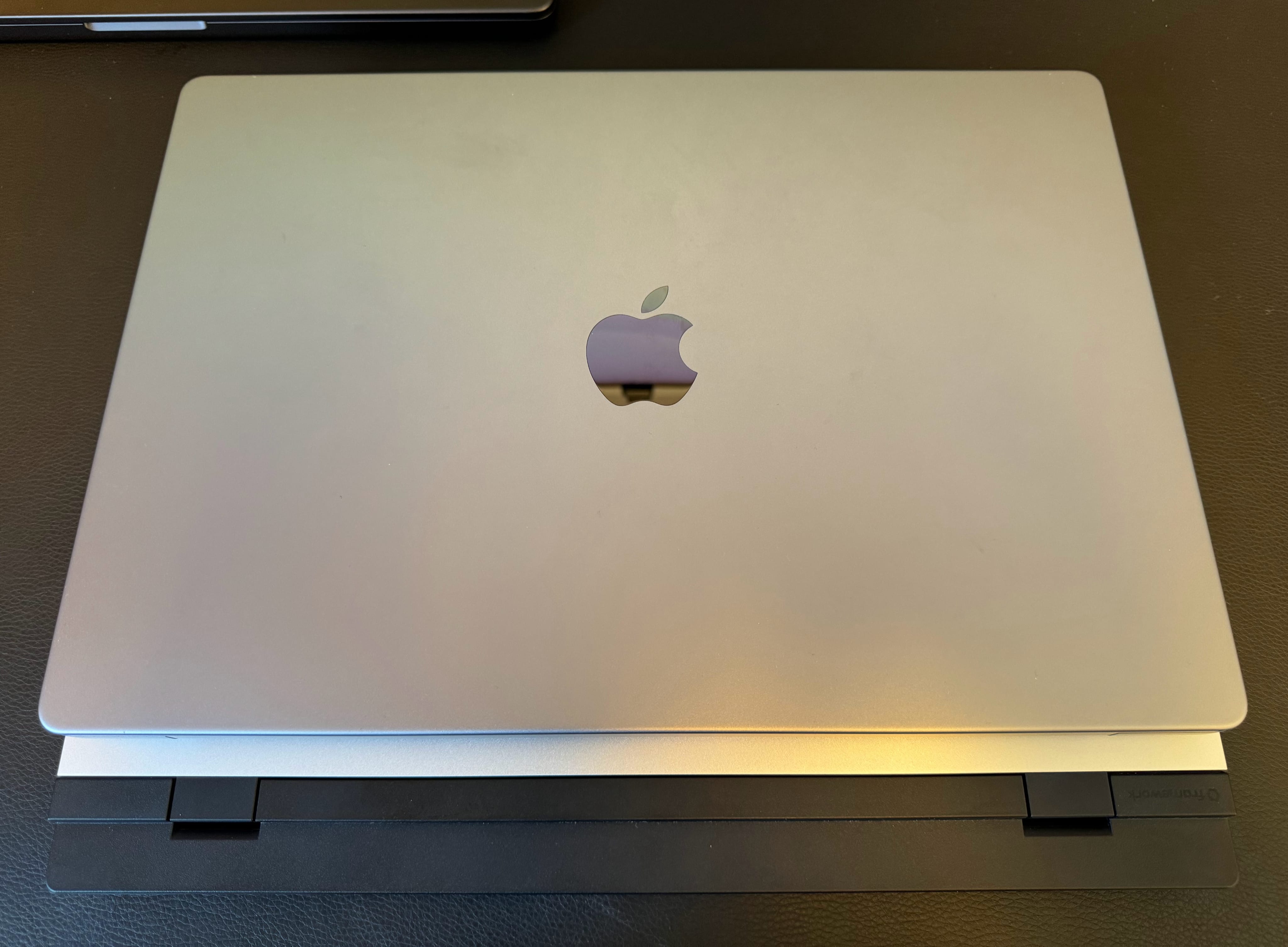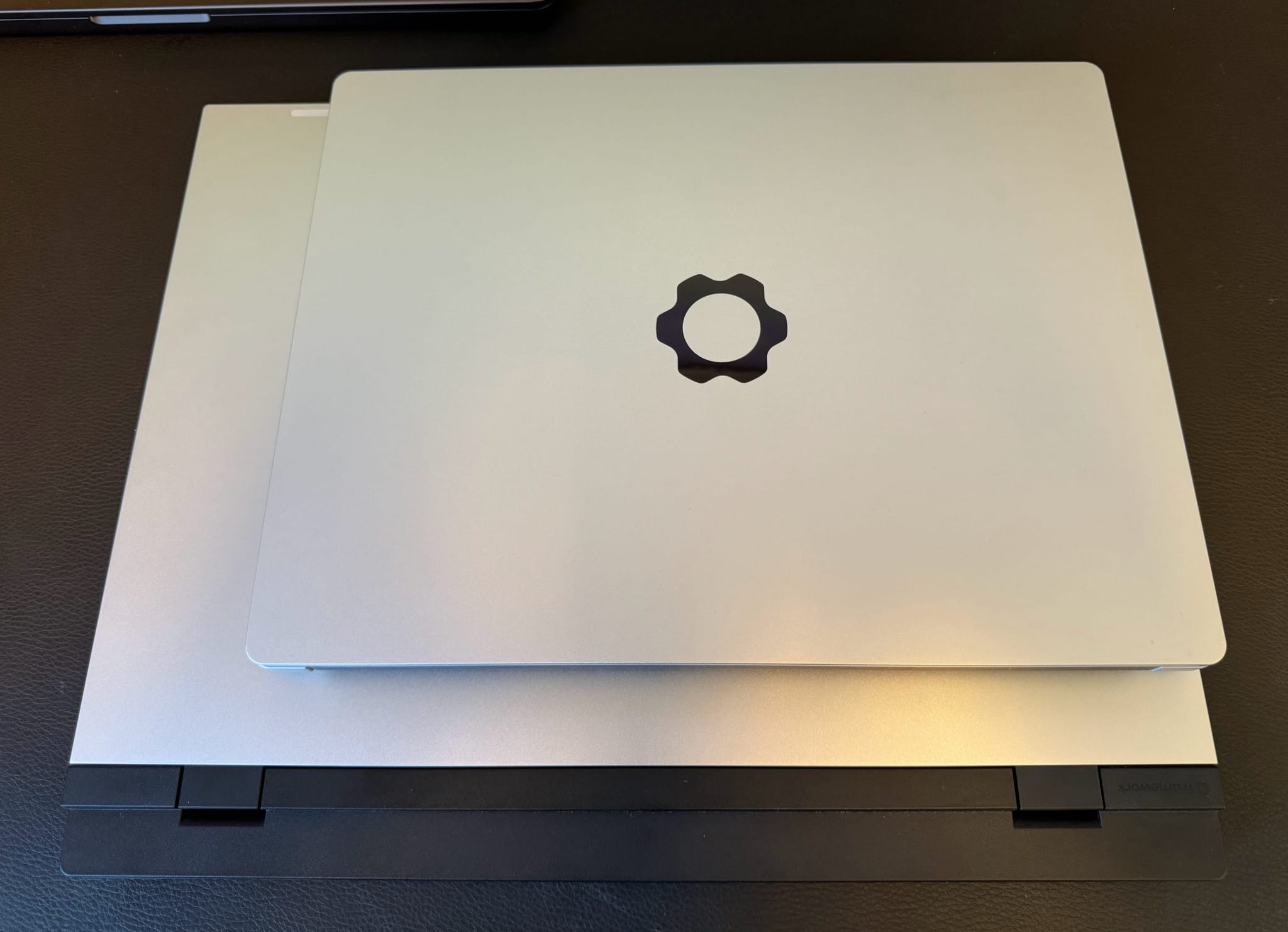Framework Decision
Since January, I have been testing the Framework Laptop 16.
As highlighted in my initial thoughts article, my overall impression has been positive and I continue to commend the Framework team on their design/manufacturing expertise and dedication to sustainability.
With that said, the Framework Laptop 16 is not perfect, with a few areas that I believe need improvement. Thankfully, the serviceable/upgradable nature of Framework products allows for improvements post-release, something that the Framework team demonstrated very effectively with the Framework Laptop 13.
For example, I would like to see an option for a full-width keyboard and trackpad input cover, alongside a higher-quality webcam, microphone and speakers.
Therefore, I fully expect the Framework Laptop 16 to be a “better” product one year from now, which is rare with modern electronics, as manufacturers frequently fail to offer comprehensive post-release support.
Unfortunately, even with this future potential, I have decided to switch back to the Framework Laptop 13.
The primary reason is the size and weight of the laptop, which is especially noticeable when the Graphics Module is installed. As a comparison, the photo below highlights the Framework Laptop 16 under an Apple MacBook Pro 16-inch.
Without the Graphics Module, the laptop becomes more manageable. However, you lose the benefits of a dedicated GPU, which in my testing is the primary performance differentiator between the Framework Laptop 13 and Framework Laptop 16. The photo below highlights the difference in size between the two laptops.
The specification of my Framework Laptop 13 is outlined below, which offers exceptional performance and compatibility running Linux (NixOS), comparable to the Framework Laptop 16 across productivity, collaboration and web development tasks.
- Framework Laptop 13 DIY Edition
- AMD Ryzen 7 7840U (8C/16T)
- 64GB DDR5-5600 RAM
- 4TB Western Digital Black SN850X NVMe (7.3GB/s Read)
- 13.5-inch IPS LCD Display (2256x1504 @ 60Hz)
- 2x USB-C, 1x HDMI, 1x 1TB Expansion Card (1GB/s Read)
The only “disappointment” with this switch is the loss of the higher quality display, specifically the 165Hz refresh rate, which I would love to see as an option for the Framework Laptop 13.

